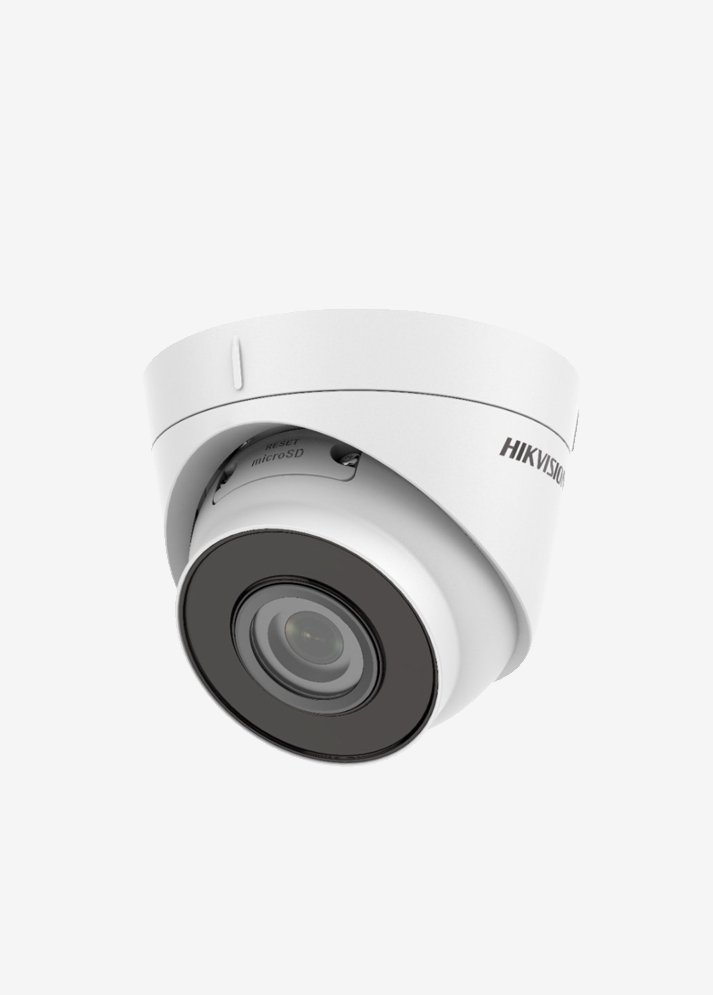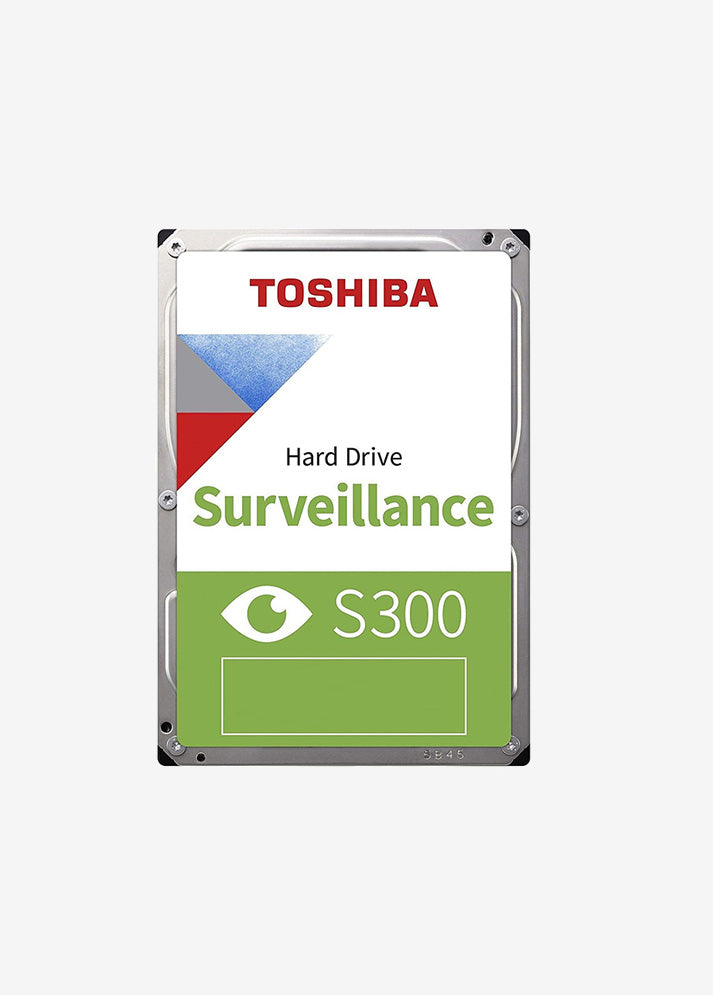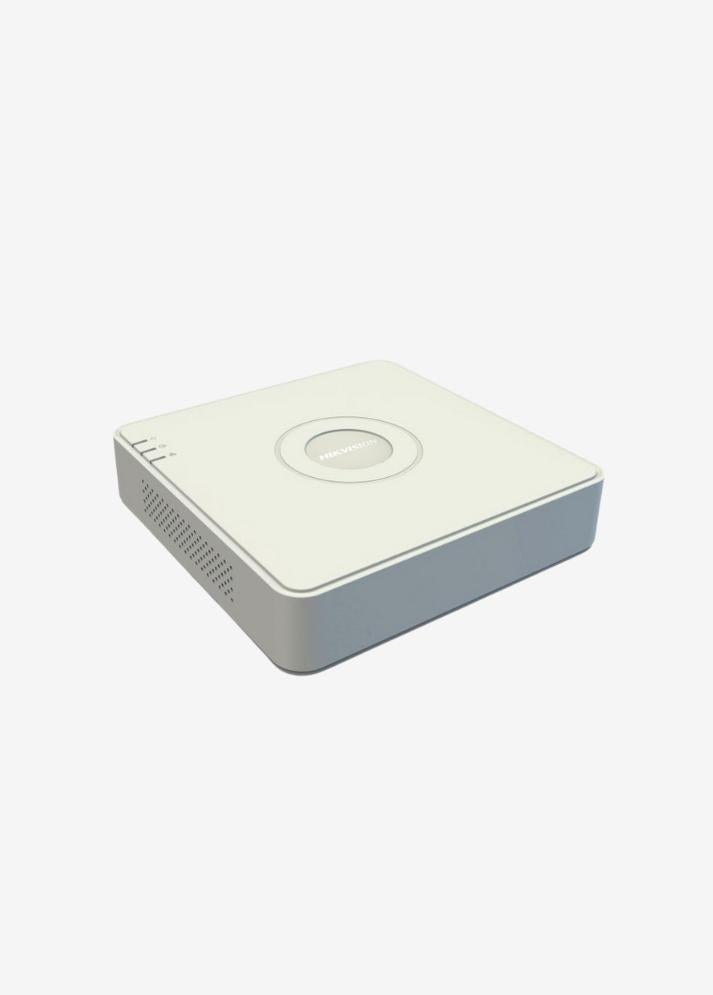Wireless Alarm Systems Installation Service
Wireless Alarm Systems, easily installed without the need for wiring, offer modern, practical, and effective security solutions for your home and workplace. These systems eliminate aesthetic concerns and save time, quickly securing your property.
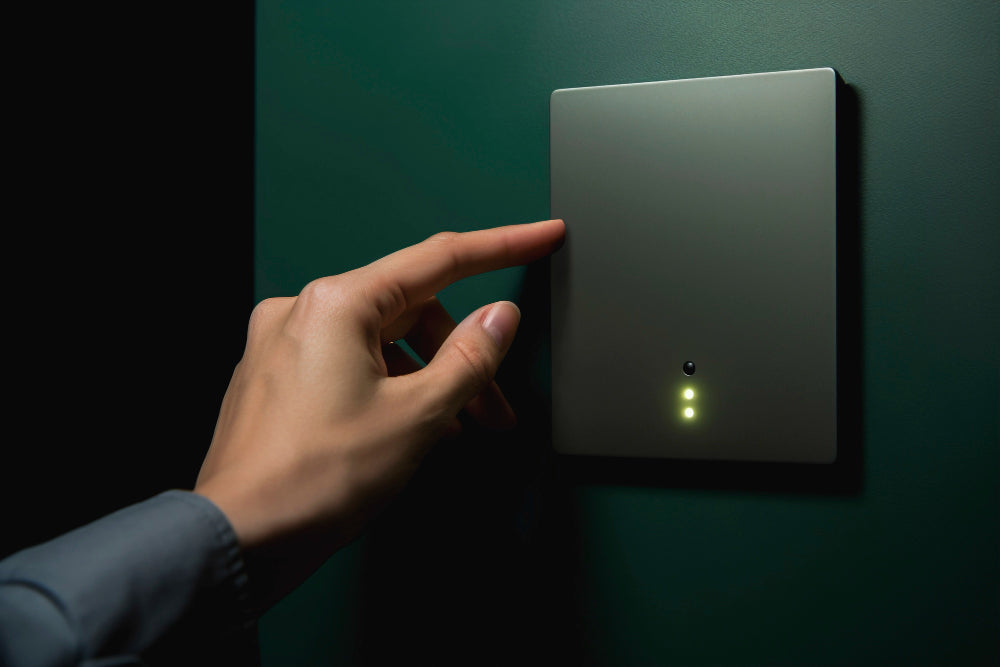
We start installation on the same day
After receiving your request, our expert team will conduct an inspection the same day and begin the installation process quickly. This way, we can activate your alarm system as quickly as possible, without delaying your security needs.
Talk to our technician
Advantages of Wireless Alarm Systems
It can be quickly commissioned without requiring a cable infrastructure. It is portable and allows for easy addition of new devices. No messy cables on walls or floors. Control your system from anywhere with mobile apps. Battery backup keeps it running even during power outages.
Request a free consultation nowPreparation and Planning
Equipment List: Necessary components such as alarm panel, motion sensors, magnetic contacts, siren and remote controls are selected.
Installation Location Selection: The alarm panel should be installed in an easily accessible but safe area.

Installation Process
The alarm panel is fixed to a suitable point and the power connection is provided. If desired, internet or telephone line integration is provided.
b. Placement of Sensors Motion Detectors: They are installed in the corners of rooms and at door and window entrances.
Magnetic Contacts: Fixed to door and window openings, detects entry and exit movements.
c. Siren and Remote Control Siren: Deterrence is increased by installing it in a visible and difficult to intervene point outdoors.
Remote Control: Provides user-friendly management of the system.
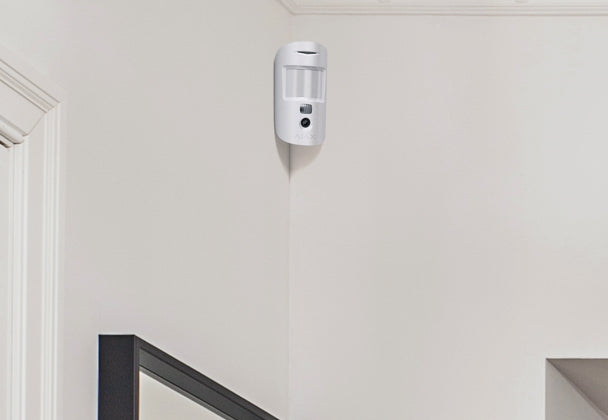
System Configuration
Test Phase: The correct operation of the system is checked through alarm trigger tests. Notification Settings: The system is configured to receive notifications via phone or email in case of an alarm.

User Training


